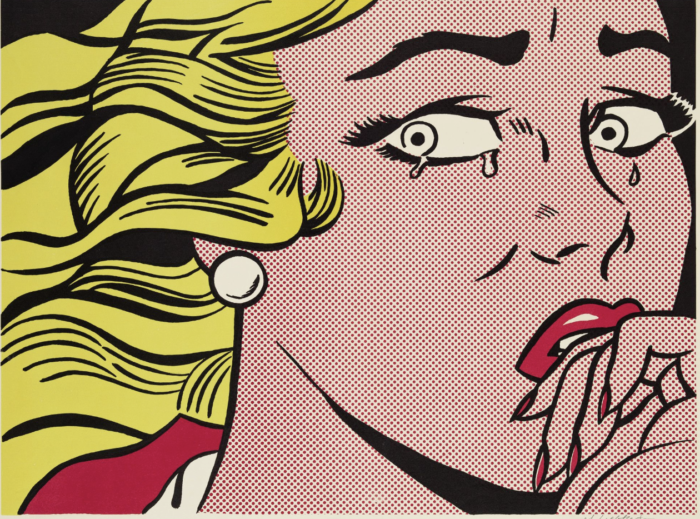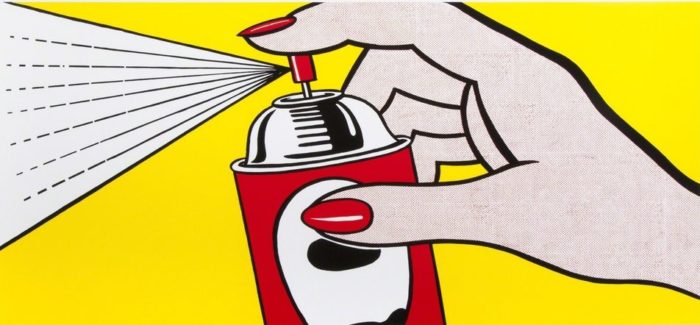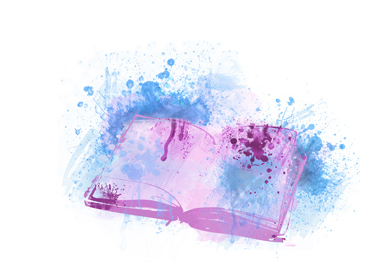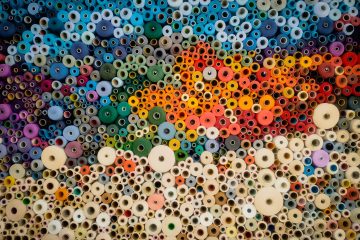Do We Like That?
Q.
How malleable are our interpersonal and aesthetic opinions? How influenced are we by the context and the judgement of others?
.
A.
Take a wander down the street, from one Living Room to the next, and note all the quirky, individual choices. People, art, furniture, books – surely we express who we are through what we gather? Over the years, though, social psychologists have shown how easily our opinions can be biased by the information we glean just prior to making our grand Like/No Like decisions.
From the World of Teaching…
We see evidence of our malleability in Hal Kelley’s classic 1950 study about teachers. Big picture question: do we like this new teacher or not?
In Kelley’s study, a first year Economics class at MIT learned that their regular teacher was out of town, so today they would have an alternate. As the university was conducting teacher evaluations, students would have a chance to offer their private impressions at the end of class.
Prior to this new teacher’s entrance, the class quietly read his biography. What they didn’t know was that two different summaries were circulating in the room. One half of the class received the following bio:
Mr. X is a graduate student in the Department of Economics and Social Science here at MIT. He has had three semesters of teaching experience in psychology at another college. This is his first semester teaching Ec. 70. He is 26 years old, a veteran and married. People who know him consider him to be a rather cold person, industrious, critical, practical and determined.
The other half of the class received the identical bio with one critical word difference. Mr. X was described as warm rather than cold. People who know him consider him to be a rather warm person, industrious, critical, practical and determined.
Different teachers were used in different runs of the experiment, yet the results were consistent. When students read the ‘warm’ descriptor, they went on to describe the teacher as more considerate, informal, sociable, popular, good natured, humorous and humane. Those who read the ‘cold’ descriptor – in the same room with the same teacher – came away with a completely different impression. The man they saw was self-centred, intolerant, humourless, formal, irritable, ruthless and unsociable.
52% of the ‘warm’ed students joined the instructor in discussion versus only 32% of the chilled students. Clearly, throughout the class, students paid particular attention to those teacher behaviours that confirmed their Warm or Cold expectations.
.
Roy Lichtenstein. Crying Girl. 1963
.
To The World of Taste…
A raft of studies have confirmed how easily our first impressions are swayed by the seemingly credible facts we receive just prior. Subjects much prefer sipping identical wine when it’s presented as a sophisticated blend versus backyard plonk. Those who believe they are talking to an attractive person on the other end of the phone are much more entranced with the quality of conversation than those who believe they are talking to someone homely. In reality, it’s the same person phone-chatting in both cases.
Our expectations are, of course, self-fulfilling. We think a teacher is warm, we participate more and that makes the teacher behave more enthusiastically. We’ve heard that our phone partner is attractive, so we’re more engaging which makes them even more interesting in their responses.
Art is one area where our opinions will gleefully hover around the nuggets we hear in advance. This, especially, if we feel that there is a sophisticated, correct answer that we might just get wrong.
.
Roy Lichtenstein. Spray. 1962
.
Neuroscientist Ulrich Kirk and his research team are interested in what’s happening inside our brains when we are judging artwork. In one study – reported in Neuroimage – Kirk and his team put subjects in a brain scanner then had them rate abstract paintings. Subjects here were not art experts. Kirk’s subjects were told that half of the paintings came from the prestigious Louisiana Museum of Modern Art while the others were cooked up on Photoshop. In reality, these were all well-regarded paintings.
As predicted, subjects rated the gallery paintings as more aesthetically pleasing than those paintings that supposedly bubbled up from Photoshop. The research team also found that subjects’ brains responded differently to original artworks versus alleged computer spitouts. When people thought they were looking at sophisticated art, they expected to be aesthetically rewarded and they showed greater neural activity in the reward centres of their brains.
www.justcurious.ca
Header Painting: Roy Lichtenstein. Girl with Hair Ribbon. 1965










